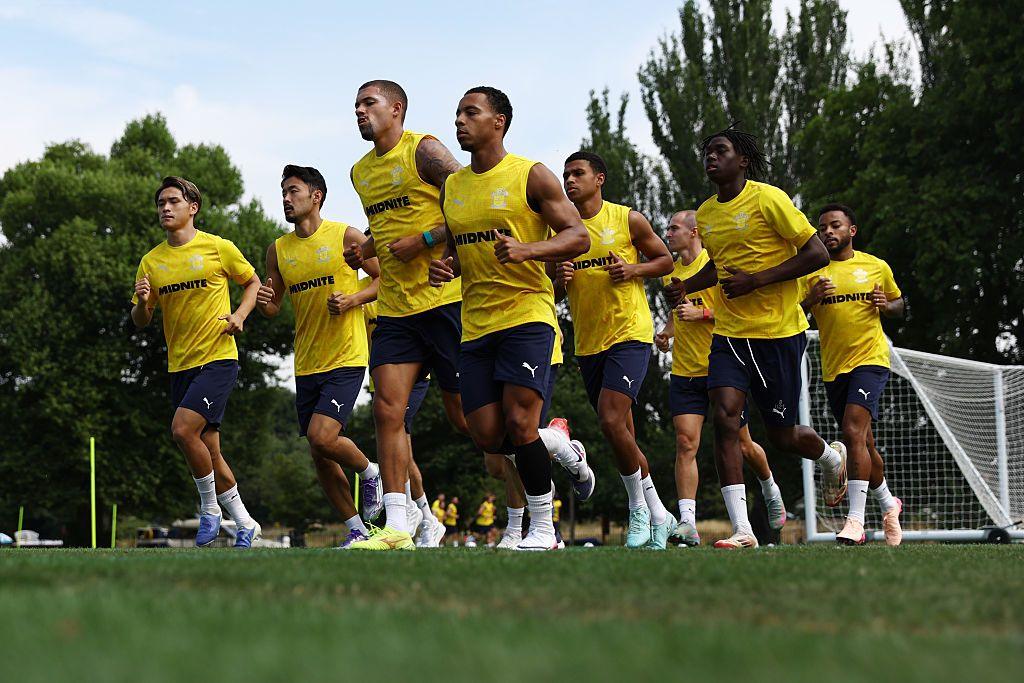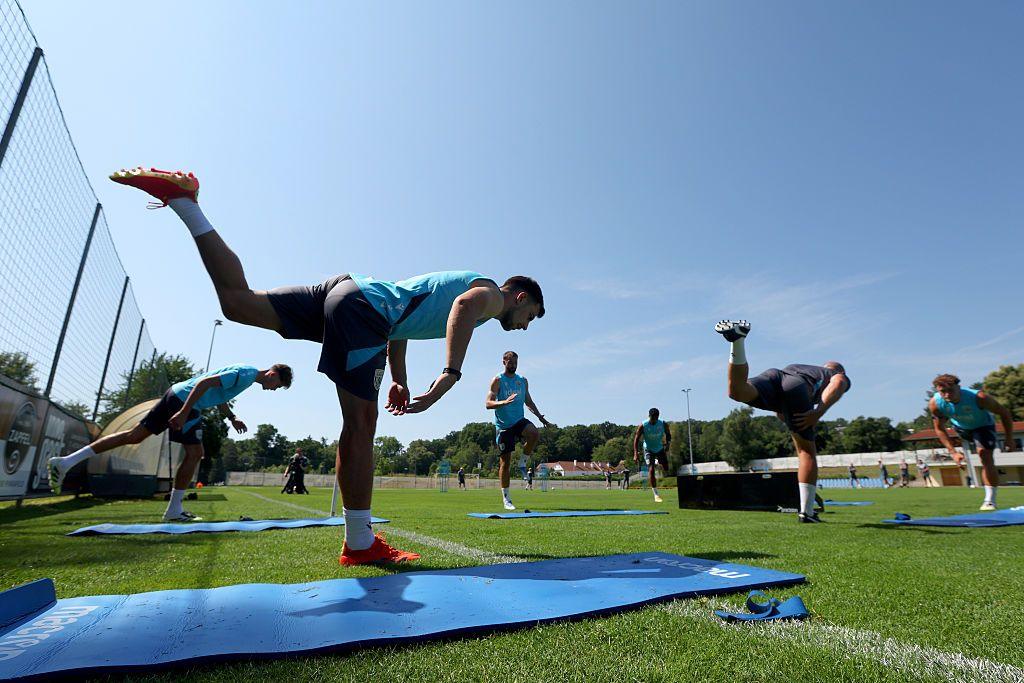The Ultimate Guide to Pre-Season Training in Football: Strategies, Drills, and Matches
Discover the comprehensive strategies football clubs use during pre-season training to optimize player fitness, integrate new signings, and refine tactical plans.



Introduction to Pre-Season Training
For football clubs, pre-season is a critical period to prepare for the upcoming campaign. It involves a combination of fitness exercises, tactical drills, and friendly matches to ensure players are in peak condition.
Key Components of Pre-Season Training
-
Fitness Exercises
- Heart Screening: Checks for abnormalities that could cause health issues.
- Jump and Hop Tests: Monitors limb symmetry and explosive strength.
- Musculoskeletal Examination: Assesses joint movement levels.
- Muscle Strength Test: Measures force production over time.
- General Fitness Tests: Includes four-minute runs and lactate tests to gauge physical exertion responses.
-
Tactical Drills
- System Refinement: Managers instill or refine tactical blueprints.
- Small-Sided Games: Teach players new systems, like a three-at-the-back formation.
- Scenario Testing: Simulates game situations to test tactical effectiveness.
-
Friendly Matches
- Match Fitness: Helps players regain match rhythm.
- Revenue Generation: Tours to places like the USA or Asia generate income.
- Local Fixtures: Scheduled against local teams during training camps.
The Importance of Pre-Season
Pre-season is vital for integrating new signings, building team cohesion, and ensuring players are physically and tactically prepared for the challenges ahead.
Conclusion
Effective pre-season training sets the foundation for a successful campaign, blending fitness, tactics, and match practice to optimize team performance.































